Oral Hygiene
Good Oral Hygiene
Maintaining good oral hygiene is one of the most important things you can do for your teeth and gums. Healthy teeth not only enable you to look and feel good, they make it possible to eat and speak properly. Good oral health is important to your overall well-being.
How do you practice oral hygiene on a daily basis?
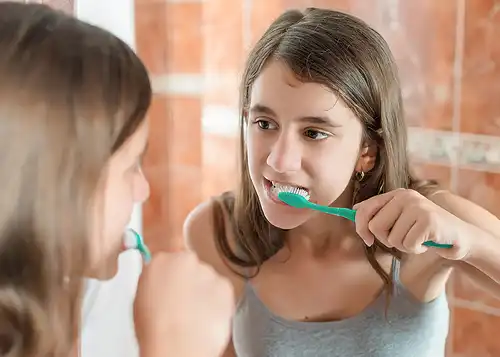
Use Proper Brushing Technique
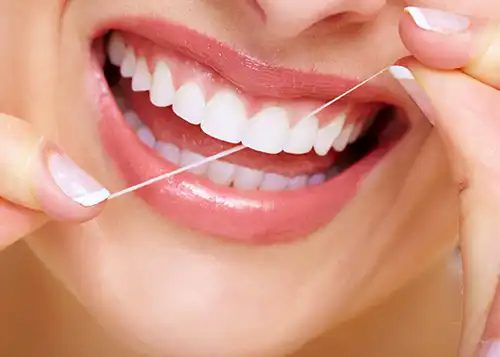
Floss Properly
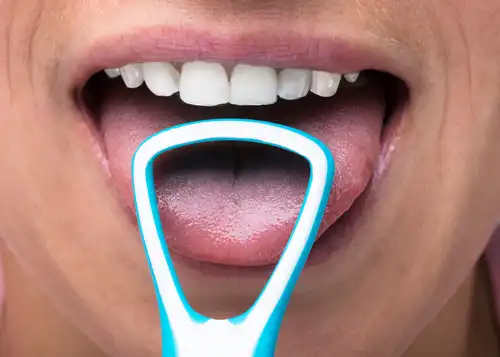
Clean Your Tongue
Daily preventive care, including proper brushing and flossing, will help stop problems before they develop and is much less painful, expensive, and worrisome than treating conditions that have been allowed to progress.
Consequently, in between regular visits to the dentist, there are simple steps that each of us can take to greatly decrease the risk of developing tooth decay, gum disease and other dental problems. These include:
- Brushing thoroughly twice a day and flossing daily
- Eating a balanced diet and limiting snacks between meals
- Using dental products that contain fluoride, including toothpaste
- Rinsing with a fluoride mouth rinse if your dentist tells you to
- Making sure that your children under 12 drink fluoridated water or take a fluoride supplement if they live in a non-fluoridated area.
What does good oral hygiene mean?
- Your teeth are clean and free of debris
- Gums are pink and do not hurt or bleed when you brush or floss
- Bad breath is not a constant problem
Good Oral Hygiene Tips:
Is brushing your teeth for two minutes twice a day a guarantee for excellent oral health? There could still be dental problems such as gum bleeding, cavities, bad breath; etc. that could cause you severe pain. What does thorough cleaning of your teeth entail? Take your oral hygiene to the next level by following these dental tips.
1. Use Proper brushing technique:
Start with your brush at a 45-degree angle to your gums and use short back and forth strokes across the sides and tops of your teeth. Then, hold the brush vertically and use several shorter strokes to focus on the backs of your teeth of the front anterior teeth where plaque builds up often.
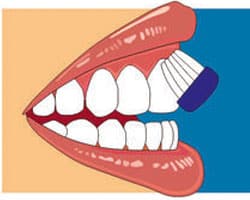
Tilt the brush at a 45° angle against the gumline and sweep or roll the brush away from the gumline.
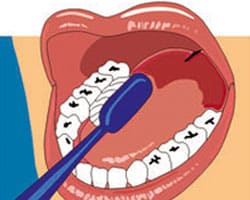
Gently brush the outside, inside and chewing surface of each tooth using short back-and-forth strokes.
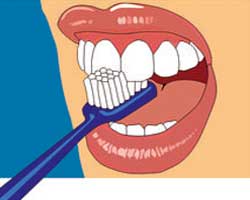
Clean the inside surfaces of the front upper teeth by tilting the brush vertically using small up and down strokes.
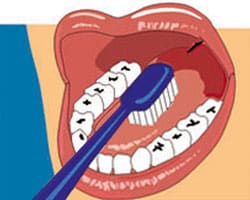
Gently brush your tongue to remove bacteria and freshen breath. Rinse after brushing.
2. Brush Enough:
Many people brush regularly, but simply don’t brush enough for their teeth to stay clean. Brush for at least two minutes, twice daily. If you find it difficult to gauge the time, set a timer
3. Pick the Right Brush:
Hence look for a brush whose head and bristles are small enough to reach into the crevices of your molars, where food debris can hide after you eat.
4. Floss Properly:
Like brushing, flossing must be done properly so that, when you reach between teeth, you actually get to the germs that are stuck there. Ideally, use a piece of floss up to 18 inches in length, allowing you to use a fresh area of floss every few teeth without reinserting bacteria you just removed. Also, keep in mind the floss should rub against the teeth in a motion that creates a forward or backward ‘C’ shape, wrapping the floss around each tooth.
5. Use a Mouthwash:
A mouthwash also helps rid your mouth of the same debris that irritates the gumline and causes gingivitis.
6. Clean Your Brush:
You don’t need special equipment or covers to keep the brush itself clean. Instead, just rinse your brush after each use and allow it to air dry. You should also avoid sharing brushes with others, even your kids.
7. Change Your Brush:
Bristles deteriorate with time and usage, so if you’re using the same toothbrush beyond a few months, you may not be getting the best clean anymore. Rather, make a point of getting a new brush every three to four months – or at your semiannual dental checkup.
8. Use a Tongue Scraper:
After brushing, bacteria can still remain on the tongue, so be sure to brush or scrape your tongue as part of your daily routine. Not only will it banish bacteria, but cleaning your tongue can also help freshen your breath.
9. Stop Snacking:
Brushing well may clear your teeth of bacteria and food particles, but if you eat a snack afterward, you’ll need to brush again before bed. Having a snack before sleep (without brushing) can allow food particles and sugar to remain on your teeth for too long, providing fuel for bacteria that feeds on it.
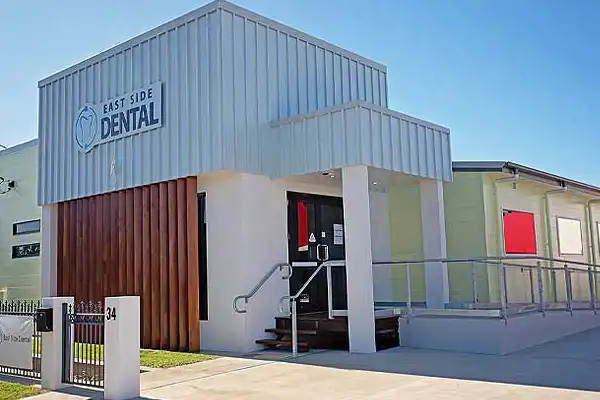
Get in touch with us at Eastside Dental
If your gums do hurt or bleed while brushing or flossing, or you are experiencing persistent bad breath, come and meet us. Any of these conditions may indicate a problem. Besides, at Eastside Dental, we start with a thorough dental checkup. This also includes your general health, dietary habits and teeth cleaning schedule. We can help you learn good oral hygiene techniques and point out areas of your mouth that may require extra attention during brushing and flossing.
Payment Options / Plans
Payment plans are essentially loans, which can support you in managing the high cost of dental treatment. Rather than paying for your dental work in an upfront lumpsum, a payment plan allows you to pay in instalments over a period of time. We have onboard, payment plan service providers who will make your payment plan’s instalments even more affordable.
There are several payment options available at our surgery including Cash, Cheque, EFTPOS, Credit Card, HICAPS, AMEX and Direct Deposit.




